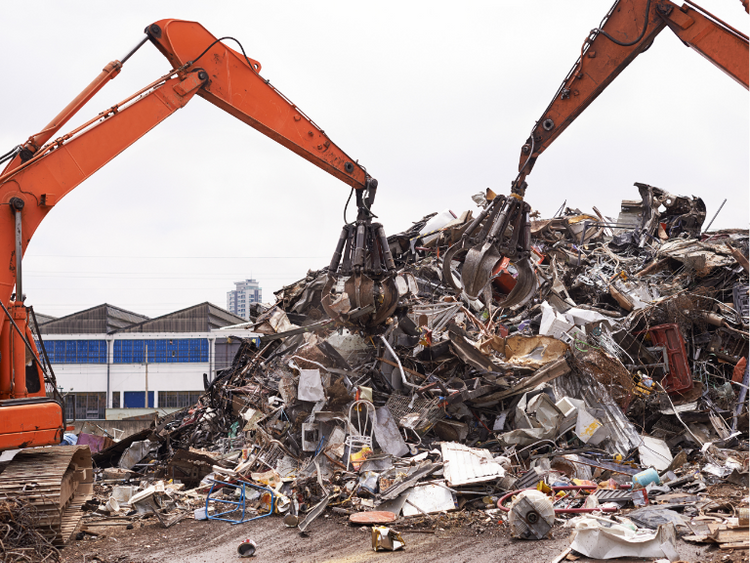Analysis

October 23, 2021
AGC: Employment Recovery Still Elusive for Construction Sector
Written by David Schollaert
The impact of the pandemic on the domestic construction sector cannot be overstated, as more than two-thirds of U.S. states have struggled to add jobs since the onset of the global health crisis. Only 14 states and the District of Columbia have increased construction jobs since February 2020, reports the Associated General Contractors of America (AGC) in its latest analysis of government data.
Widespread supply chain disruptions amid the lack of a much-needed federal infrastructure bill have impeded the sector’s recovery, AGC said.
“Construction employment remains below pre-pandemic levels in more than two-thirds of the states,” said Ken Simonson, AGC’s chief economist. “Supply problems have slowed down many projects and forced contractors to hold down employment, while the lack of an infrastructure bill is leading some to delay hiring.”
Over the past 22 months, from February 2020 – the month before the pandemic caused project shutdowns and cancellations – through September 2021, construction employment has decreased in 35 U.S. states. Only 14 states and D.C. reported increases over the same period, while Connecticut has stalled. Texas shed the most construction jobs over the period, down 48,000 jobs or a 6.1% decrease, followed by New York with a loss of 47,300 jobs, and California, down 32,600 jobs. The largest percentage losses were in Louisiana, down 16.1% or 22,000 fewer jobs, Wyoming, falling by 15.7% or 3,600 fewer jobs, and New York.
Utah added the most construction jobs since February 2020, up 9,400 jobs or 8.2%, followed by Washington at 6,300, North Carolina at 5,300 and Idaho at 5,100 more jobs. The largest percentage gains were in Idaho, which rose by 9.3%, Utah, and South Dakota at 7.9% or 1,900 jobs.
The latest figures show the prospect of employment for construction workers is still reduced. From August to September construction employment decreased in 16 states, increased in 32 states and D.C., and was unchanged in Iowa and Kansas. The largest decline over the month occurred in Tennessee, which lost 2,800 construction jobs or 2.1%, followed by Missouri, down 1,600 jobs or 1.3%. The largest percentage decline was in Alaska, down 4.9% or 800 less jobs, followed by Tennessee and Montana, both down 1.4% or 400 fewer jobs.
Texas added the most construction jobs between August and September, adding 8,900 workers to payrolls, a 1.2% increase, followed by Florida, up 6,900 jobs or 1.2%, and Washington up 3,600 jobs or 1.6%. Connecticut had the largest percentage gain at 3.0% or 1,700 more jobs.
The AGC continued to urge the Biden administration to remove tariffs on a host of key construction materials, including steel and aluminum, and to do more to relieve shipping bottlenecks that are crippling many parts of the distribution network. They also called on House officials to quickly pass a Senate-backed infrastructure bill to increase investments in the nation’s transportation and water systems.
“The latest state employment figures show that gridlock in our ports and on Capitol Hill is retarding construction employment as well as the broader economy,” said Stephen Sandherr, AGC’s CEO. “Even as the administration looks for ways to unclog domestic supply chains, the president should urge the House to pass the infrastructure bill, on its own, as quickly as possible.”







